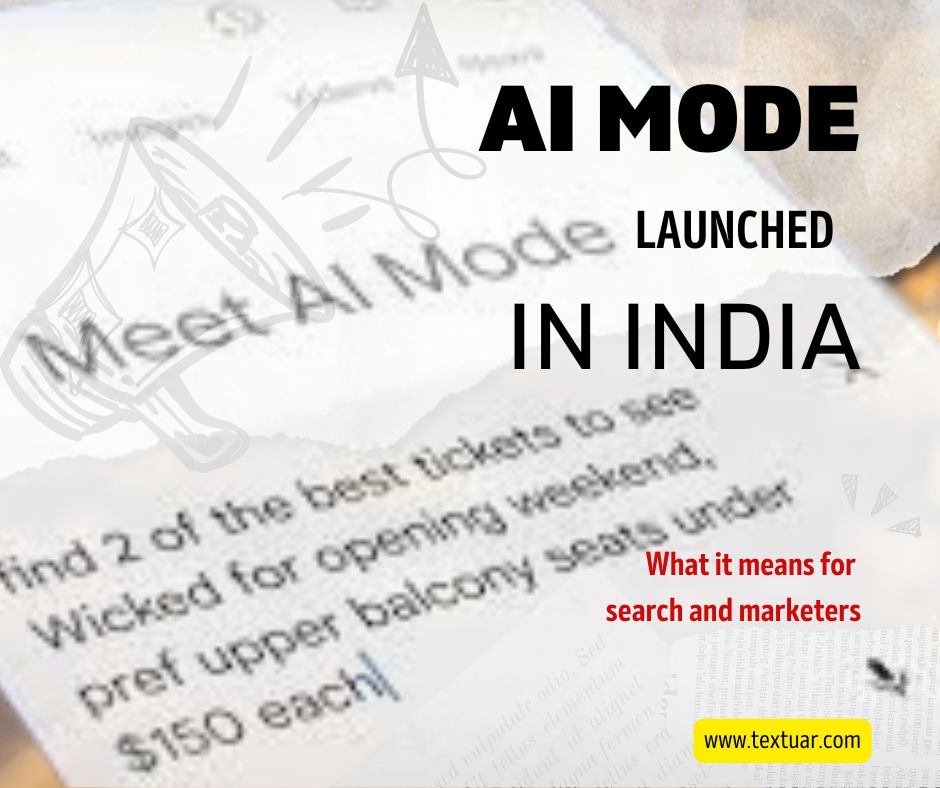Creating high-quality content that resonates across diverse industries requires a deeper understanding than merely following a template. It’s about creating a connection that touches audiences from each sector of the industry. The rise of Chat GPT has enabled virtually anyone to create content on a significant scale.
This gives rise to another problem related to content ranking on search engine pages. Google is all about making people’s lives easy and has implemented strict measures to reduce the jargon created by AI tools and many more.
In this comprehensive guide, we’ll explore the intricate details of crafting high-quality content.
This will definitely help you to create content that speaks directly to different industries while maintaining its fundamental excellence.
I. The Foundations of Quality Content Creation
Creating content that stands out and captures attention isn’t just about hitting a content quality checklist. Rather, it’s about engaging and satisfying your audience’s needs. Let’s dig into the elements that define high-quality content:
1 – Relevance: Meeting the Audience’s Needs
Relevance is the first thing to check when you want to learn how to create quality content. Consider a scenario where a finance blog delves into the complexity of cryptocurrency for an audience interested in investment strategies.
Understanding the audience’s preferences is the key. The content should address the audience’s interests, needs, or pain points. It’s all about considering your readership or viewership and tailoring your content accordingly.
Example: A tech company blog posts about the latest advancements in AI to educate its audience of developers and tech enthusiasts, aligning with their interests and needs.
2 – Value: Offering Substance and Utility
Valuable content solves problems or often delights the consumers. For instance, a healthcare blog that educates readers about preventative measures or new treatments adds tangible value to their lives.
A quality content writer needs to offer something substantial – whether it’s informative, entertaining, or problem-solving to your customers. Value is what keeps audiences coming back for more.
Example: A fashion brand’s blog not only showcases its new collection but also provides styling tips and trends. It enhances its value beyond mere product promotion.
3 – Engagement: Fostering Interaction and Connection
Engaging content sparks conversation among the target audience and compels them to take action. This includes shares, likes, comments, and time spent consuming the content. When you create appealing content, it invites the audience to participate, fostering a connection.
Example: A food blog doesn’t just list recipes but encourages readers to share their cooking experiences or variations they’ve tried, fostering a sense of community.
II. How to Create Industry-Specific Content
1. Identifying Industry-Specific Needs and Preferences
Every industry has its distinct characteristics, and understanding these nuances is crucial for effective content creation. For instance, healthcare content necessitates accuracy, while fashion content thrives on creativity and aesthetics.
Making sure you highlight these unique needs is crucial to crafting effective content.
Example: A healthcare blog requires content that’s backed by scientific research and data. This ultimately provides accurate information to its readers.
2. The Power of Research in Content Creation
Research is considered to be the backbone of creating industry-specific content. Deep diving into industry trends to learn about consumer behavior and competitor analysis helps you to tailor content effectively.
In-depth research and analysis are foundational in content marketing. You can use tools like Google Trends, which aid in understanding trends, pain points of consumers, and preferences within each sector.
From healthcare to finance, each industry requires a different tone and depth. A healthcare blog might need a more serious and educational tone than a fashion blog, which can be more playful and visual.
Example: A finance blog analyzing market trends and economic indicators offers valuable insights to its audience.
3. Techniques for Tailoring Content to Specific Industries
Each industry requires a unique approach to content creation, be it tone, format, or depth.
Breakdown by Industry Types
Different industries demand different content styles. While the tech industry might favor in-depth technical articles, the fashion industry might resonate more with visual content.
Healthcare
Healthcare content often involves complex concepts. Using simplified language, infographics, or explanatory videos can make intricate medical information more accessible and engaging for readers.
Tech
Tech content demands staying updated with rapidly evolving technologies. Employing a conversational yet informative tone will ensure high-quality content writing. Writers can break down complex tech concepts into layman’s terms, an effective strategy.
Fashion
In the fashion industry, visuals speak volumes. Utilizing high-quality images and videos and incorporating trends while maintaining a unique voice can elevate fashion content.
Finance
Finance content requires a delicate balance between expertise and accessibility. Content writers will simplify complex financial jargon using relatable examples. They will also present actionable advice that resonates well with the audience.
Example: A tech blog discussing coding languages and their applications differs significantly from a fashion blog showcasing seasonal trends.
III. Leveraging Tools and Resources for Industry-Centric Content Creation
1 – Strategies enhanced with these tools
Tools and platforms tailored for industry-specific research and content creation play a pivotal role in crafting compelling content.
- Market Research Aids
Try to use tools for market research that help in understanding industry trends and consumer behavior. SEO tools like SEMrush or Google Trends help identify trending topics within specific industries. This will help when you want to know how to write quality SEO content.
- Tailored Content Creation Platforms
Different industries often have unique platforms where their audience congregates. Employing these platforms ensures content reaches the right audience in your niche industry. Platforms like GitHub for tech, LinkedIn for B2B industries, or Instagram for fashion can significantly impact content reach.
2 – Adapting Content for Varied Audiences within Industries
Audiences within an industry can have distinct preferences and needs. Tailoring content to address these variations can significantly boost engagement.
- Niche Targeting
Identifying sub-niches within an industry helps in creating more targeted and personalized content. If such targeting is not done, it might lead to low-quality content. Within the tech industry, targeting sub-niches like AI development or cybersecurity allows for more tailored content.
- Tailoring Content for Various Segments
Crafting content that caters to different segments within an industry ensures inclusivity and relevance. A finance blog may create high-quality content for both seasoned investors and beginners. They will tailor information to each audience segment.
IV. Best Practices for curating High-quality content
Certain practices outperform industries and are key to maintaining consistent quality in content creation.
1 – Maintain a Consistent Tone and Style:
Consistency in tone and style is the cornerstone of a strong brand identity. Whether you’re creating content for healthcare, finance, tech, or fashion, maintaining a unified voice helps a lot. It builds familiarity and trust with your audience.
Example: Consider a tech blog that aims to be approachable and friendly. It should consistently use a conversational tone across all its content drafts. This may make complex tech concepts more digestible for its audience, regardless of the specific topic.
2 – Adaptability is Key:
Industries are dynamic, and staying adaptable is crucial to keeping content relevant. Adapting doesn’t mean altering your brand’s identity. Rather, high-quality content writers need to adjust strategies to meet changing industry landscapes and audience demands.
Example: A finance blog might need to pivot its content strategy to cover emerging fintech trends or changes in financial regulations to keep the audience informed and engaged.
3 – Visual Appeal:
Visual elements are powerful tools for engagement. Incorporating images, videos, infographics, and other visual aids enhances content appeal and conveys complex information more effectively.
Example: A fashion brand’s blog might heavily rely on high-quality images, videos showcasing new collections, or infographics illustrating style guides, elevating the overall visual experience for readers.
4 – Storytelling:
Stories captivate audiences and create emotional connections. Regardless of the industry, weaving narratives within your content helps make information more relatable and memorable.
Example: Healthcare content often leverages storytelling by sharing personal patient journeys or experiences. It may often help to humanize medical information and make it more impactful for readers.
5 – Analytics-Driven Approach:
Measuring and analyzing content performance metrics is imperative for continuous improvement in quality content writing. Use analytics tools to gather data on engagement, conversion rates, and audience demographics to refine your content strategies.
Example: A tech blog might use analytics to understand which topics resonate most with its audience. Whether it’s AI, cybersecurity, or programming languages, you may need to tailor future content accordingly.
Parting note
Customization and quality are the pillars of creating high-quality content. Adaptable strategies and continuous improvement ensure relevance and engagement.
In a constantly evolving digital space, versatile content creation is indispensable. Crafting industry-specific, high-quality content is an art—requiring creativity and adaptability.
Keep experimenting, learning, and tailoring content to witness its impact across diverse industries!








